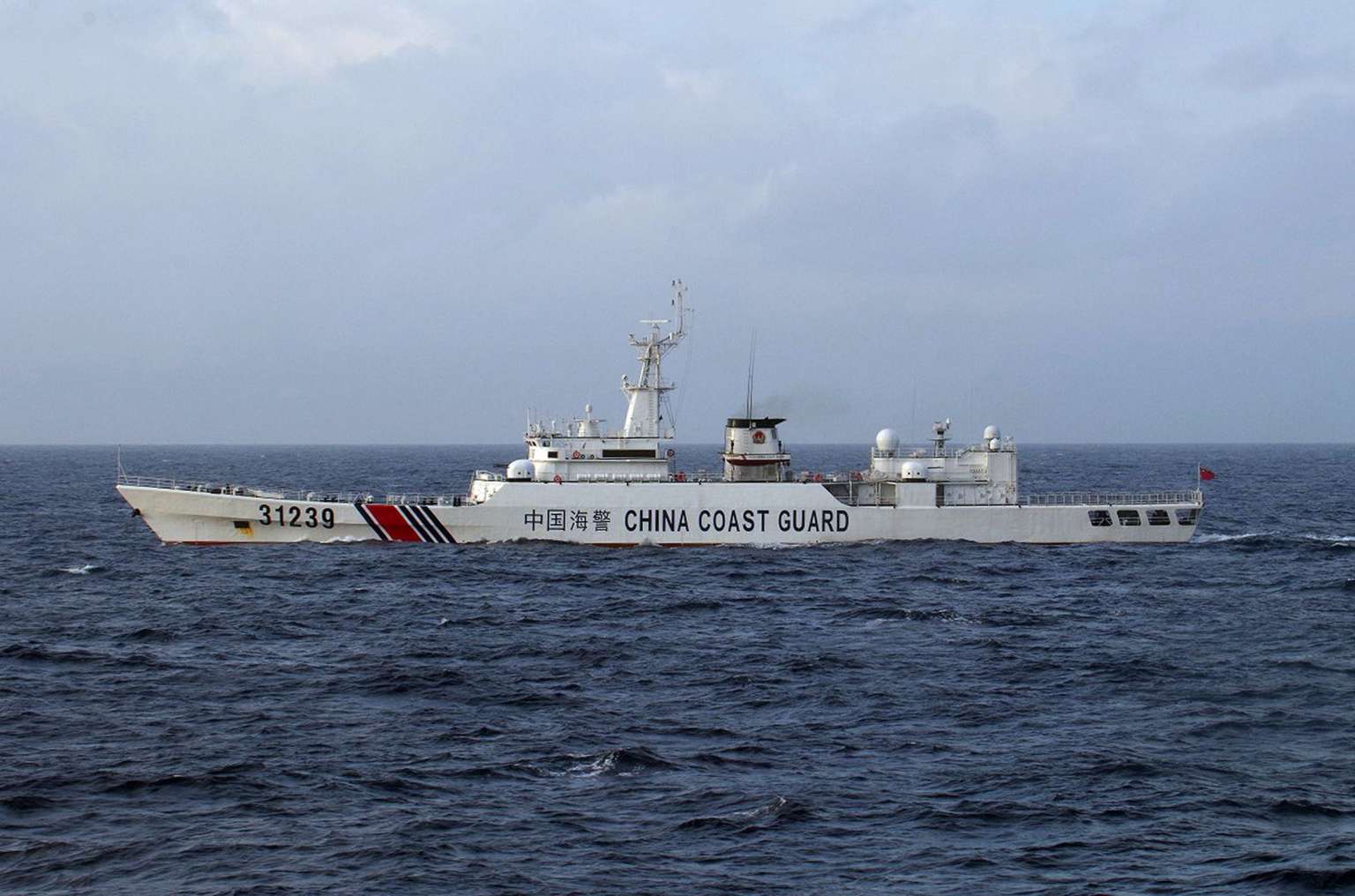Strengthening defence around Nansei islands critical: The Yomiuri Shimbun
Sign up now: Get insights on Asia's fast-moving developments

A Chinese Coast Guard ship near disputed islets, known as the Senkaku islands in Japan and Diaoyu islands in China, in the East China Sea.
PHOTO: AFP
Follow topic:
As Chinese military forces continue to intensify their activities in the East China Sea, it is important to steadily beef up the defence posture around the Nansei Islands. The Defence Ministry has newly organised the 9th Air Wing at the Air Self-Defence Force's (ASDF) Naha Airbase, the nation's first new air wing in 51 years. After moving one flight squadron from Tsuiki Airbase in Fukuoka Prefecture to Naha, the ASDF has doubled the number of its mainstay F-15 fighters at Naha Airbase from 20 to 40. The measures are aimed at dealing with a sharp increase in the number of incidents in which the ASDF has scrambled planes in response to Chinese military aircraft flying close to Japan's territorial airspace in areas surrounding the Nansei Islands.
In fiscal 2014, the number of such incidents in areas around the islands - mostly involving Chinese military aircraft - totaled 468, marking approximately a 10-fold increase from fiscal 2008. China may be trying to make its air defence identification zone, which Beijing unilaterally declared in the autumn of 2013 over the East China Sea, a fait accompli. The zone includes areas above the Senkaku Islands. By beefing up its Naha unit, the ASDF has become able to deploy its planes more expeditiously, while reducing the burdens on its pilots. The fact that Japan is demonstrating its determination to prevent China from changing the status quo with force and to defend its territorial airspace by properly responding to reconnaissance operations by China's military aircraft has significant implications.
Naha Airport, which the Self-Defense Forces use jointly with operators of civilian aircraft, has the second-largest number of take-offs and landings for a single-runway airport in Japan, just after Fukuoka Airport.It is essential to advance, without delay, work on the second runway at the airport, which is scheduled for concurrent use beginning in 2020.
The new guidelines for Japan-U.S. defence cooperation stipulate that the SDF will defend remote islands on its own initiative, while the U.S. forces will play supportive roles. Based on the guidelines, a 150-strong coastal observation unit will be deployed next month on Yonagunijima island. In fiscal 2018, a patrol and missile unit is scheduled to be deployed on Amami-Oshima island and on Miyakojima island. The ministry is considering the deployment of a similar unit on Ishigakijima island, as well. It is important to proceed with the plan, while winning the understanding of local communities.
There have been a succession of incidents in which Chinese military vessels have sailed close to the Senkaku Islands. And intrusions into Japanese territorial waters near the islands by China Coast Guard vessels continue unabated. In December last year, a China Coast Guard vessel equipped with "gun turrets" was sighted. China is also reportedly building a large vessel in the 10,000-ton class. These developments are linked to a re-organisation of the Chinese military, which is shifting its emphasis from ground forces to maritime and air forces.
Japan needs to increase its vigilance in the future. It should also be assumed that situations may arise that the Japan Coast Guard cannot deal with alone. Should a Chinese military vessel intrude into Japan's territorial waters, the government may issue an order for the Maritime Self-Defense Force to implement maritime patrol operations. It is understandable that the Japanese government has conveyed such a policy to the Chinese side. It is a matter of concern that there has been a delay in Japan-China negotiations concerning the establishment of a "maritime liaison mechanism" to prevent accidental clashes between the SDF and Chinese military forces. It is hoped that both countries will intelligently exert themselves to reach an agreement at an early stage.
-----------------------------------------------
The Yomiuri Shimbun is a member of The Straits Times media partner Asia News Network, a grouping of 22 newspapers seeking to promote coverage of Asian affairs.

